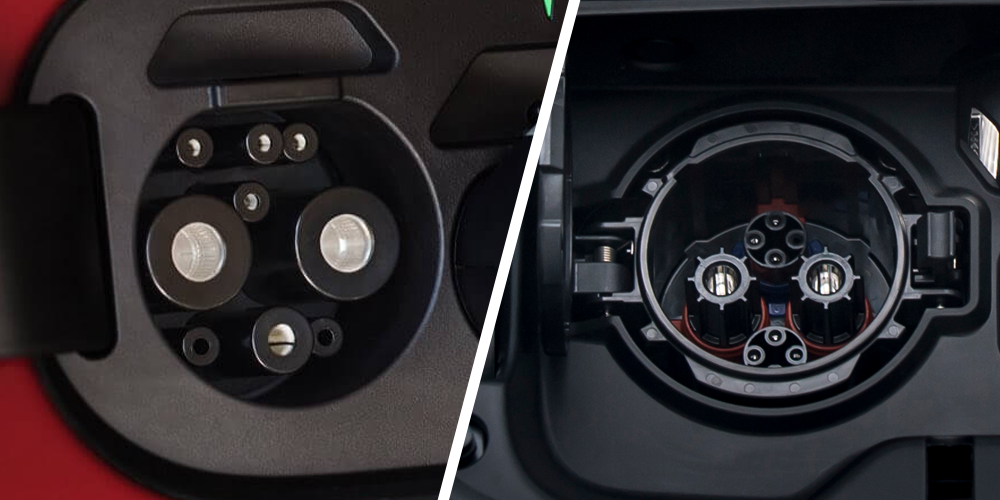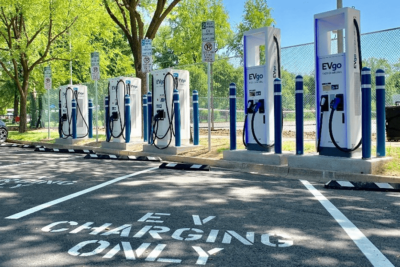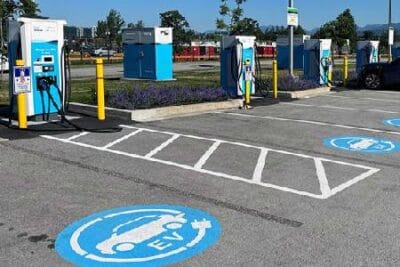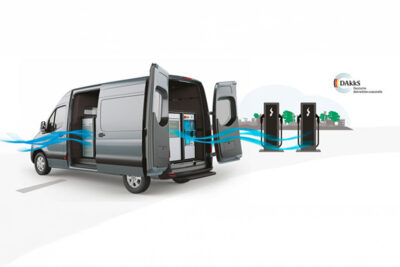China and Japan give details of new charging standard
After the CHAdeMO Association and the China Electricity Council (CEC) signed an agreement in August to develop a common fast-charging standard with up to 900 kW charging power, further key points have now become known.
The new charging standard, which is to be released in 2020, bears the working title ChaoJi, although the specifications mentioned so far have not yet been finalised. This is accompanied by an invitation to other countries to join the project and contribute their own ideas. Among others, Australia, Chile, Germany, India, South Korea and the Southeast Asian ASEAN countries have been contacted but had not yet responded at the date of publication.
Two of the initiators are now also considering developing a new charging standard for small electric vehicles such as scooters and forklift trucks with charging capacities between 2 and 20 kW. But only marginally.
While in Europe, North America and some other countries the Combined Charging System (CCS) has been defined as the fast charging standard, Japan has so far relied on CHAdeMO and China on its own GB/T standard. Tesla, on the other hand, has opted for its own variant. However, the Californians are installing an additional GB/T charging socket in the electric motors, especially for the Chinese market. In addition, Tesla recently announced that it would equip its Model 3 in Europe with a CCS charging connector.
CHAdeMO and GB/T share more than 90 per cent of the global fast-charging market, but they see their current dominance being threatened in the long term, since CCS is supported by major players such as BMW, Ford, General Motors and VW. The development of a common new standard can, therefore, be seen as a frontal attack on the CCS warehouse, which is organized in the Charging Interface Initiative (CharIN).
Both the CHAdeMO Association and the China Electricity Council emphasize the open approach of their project, which should explicitly leave room for proposals from other countries. However, a few things are also set: Both partners want to continue to rely on the Controller Area Network (or CAN bus), which is a standard for communication within and between vehicles and chargers and which CHAdeMO and GB/T already have in common. In addition, it is already clear that the new charging standard for ultra-fast charging should be downward compatible with the existing CHAdeMO and GB/T standards.
The CHAdeMO Association only released the announced protocol version CHAdeMO 2.0 for its members in June, which is designed for charging capacities of up to 400 kW and should enable charging with up to 1,000 volts with liquid-cooled cables with unchanged plug shape or via current collectors. CHAdeMO 2.0 thus also paves the way for the rapid charging of large e-commercial vehicles such as trucks and buses, which is elementary for infrastructure expansion. China is also planning an upgrade to its GB/T fast-charging standard, against which even the 350 kW already defined for CCS and the 400 kW announced for CHAdeMO look pale. The system should be able to process no less than 900 kW. With this further development, China is clearly targeting the rapidly growing electric commercial vehicle sector, in which a great deal of energy has to flow into very large rechargeable batteries in a very short period of time to charge buses or trucks, for example.





1 Comment